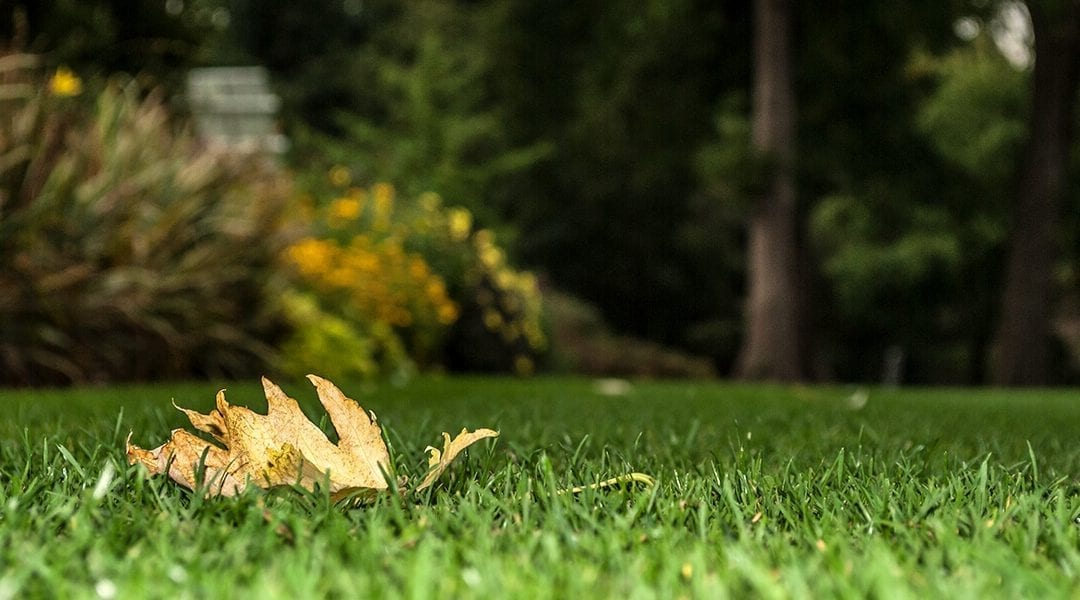Lawns are such a common sight that it’s easy to forget they’re made of plants. Like all the other plants in your garden, grass benefits from extra care as it prepares to rest over the winter. Here are some ways to wind down the mowing season while setting up your lawn to flourish next spring.
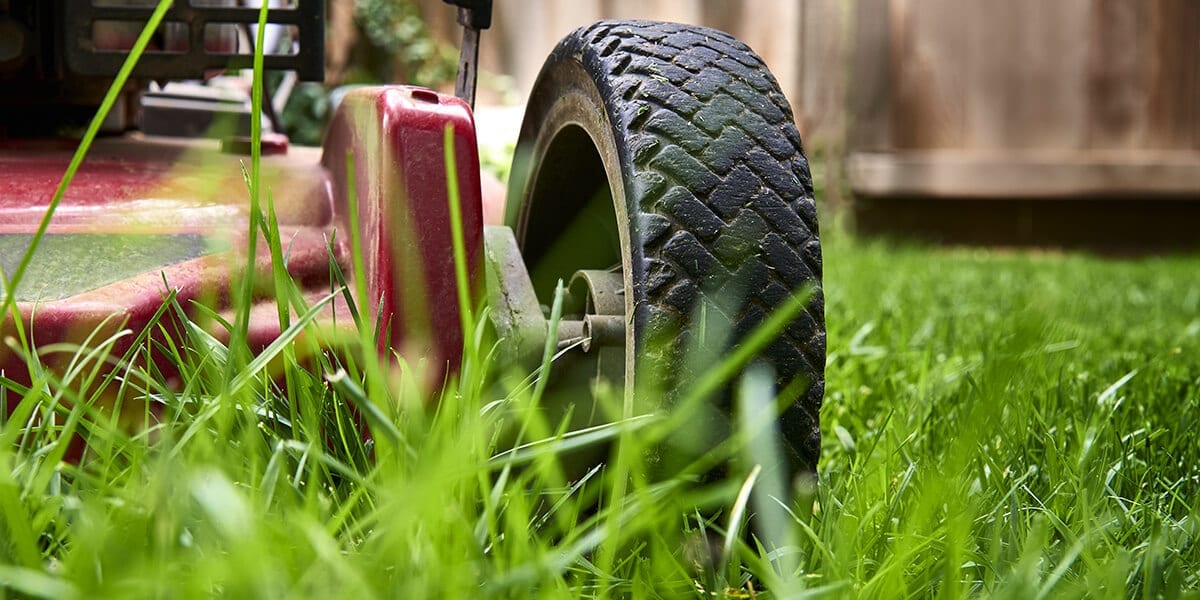
Go Low on the Last Cut
It’s good practice to keep your grass high during the summer. Higher grass shades out weeds, retains moisture in the soil, and encourages deeper rooting. But on the last mow of the year, it’s best to cut low, leaving 2 inches of height, to prevent matting and discourage fungal growth over winter.
Sharpen Your Blades
Observe your grass on the last few cuts to see if your mower blades are still sharp. If your grass looks torn rather than sliced, if it’s not cutting evenly, or if the tips of the grass turn brown a few days after mowing, then your blades may be dull and ready to be resharpened. The fall and winter are great times to tackle tool maintenance.
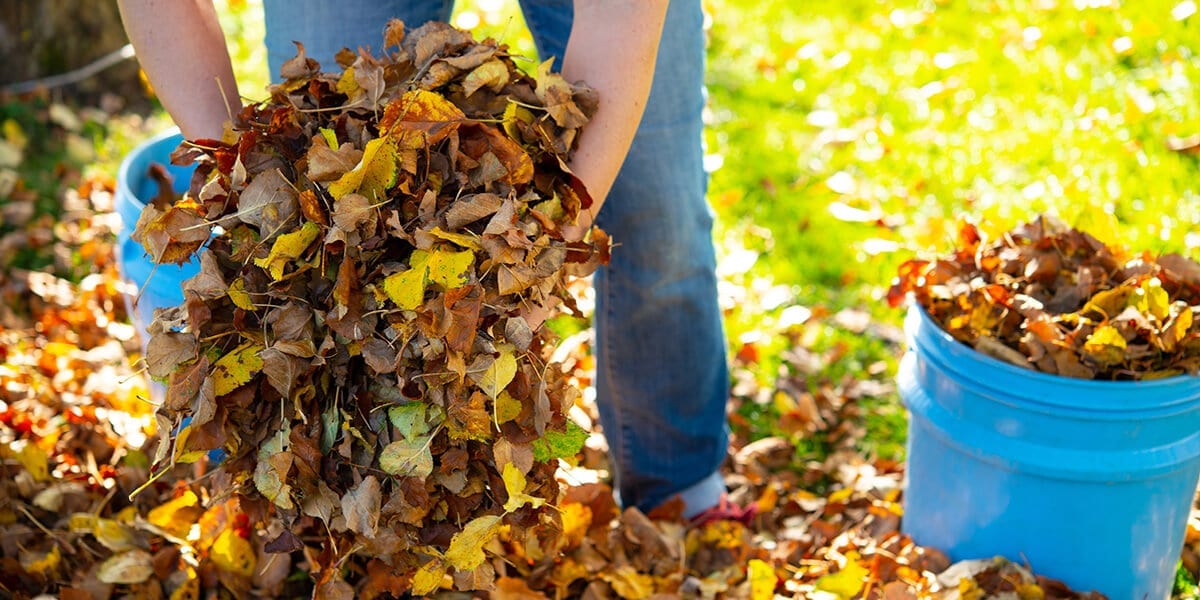
Jump in the Leaves and Keep Them
Let your kids play in the leaf piles, but afterward, make sure you keep the leaf mulch to add to your garden. It provides habitat for overwintering insects like ladybugs, protects your soil, and is one of the best natural fertilizers available. Or you can mix in the leaves as precious browns for your compost pile. If you haven’t started one, fall is the perfect time to do so.

Dethatch If You Need To
Thatch is the layer of dead grass that collects in your lawn just above the soil. A healthy amount protects the soil and adds nutrients as it breaks down. Too much thatch can harbor insects or disease. About half an inch is perfect over the winter. If you have more than an inch, you can clear some of it away. Looking for an outdoor workout? Do it manually with a thatching rake or steel rake. Renting a power rake is another option.
Let Your Roots Breathe
Like the other plants in your garden, grass roots need some oxygen to breathe. If the turf is compacted or has grown too dense, it can benefit from aeration. You usually don’t need to aerate your lawn more than once a year. So if you’ve already done it in the spring, there’s no need to do it again in the fall. But if you missed your spring aeration, you can save yourself some time next year and accomplish the task now. Your options are to rent an aerating machine, a manual aerator, or aerating shoes, or hire out the job to landscapers.
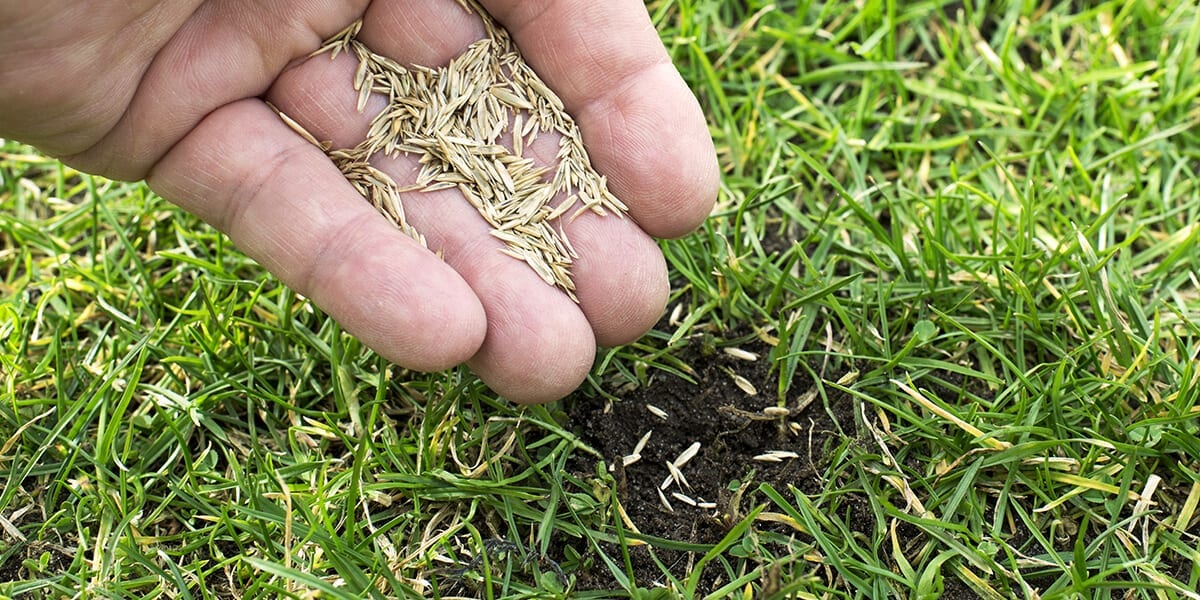
Seed Bare Patches
Overseed any bare patches with grass seed. To do the job well, first loosen the soil with a rake, then broadcast the seeds, and rake them in to ensure they’re touching the soil. Remember to water the patch regularly as the seedlings are taking root. A thin layer of grass clippings or straw mulch can protect the seeds from hungry birds.
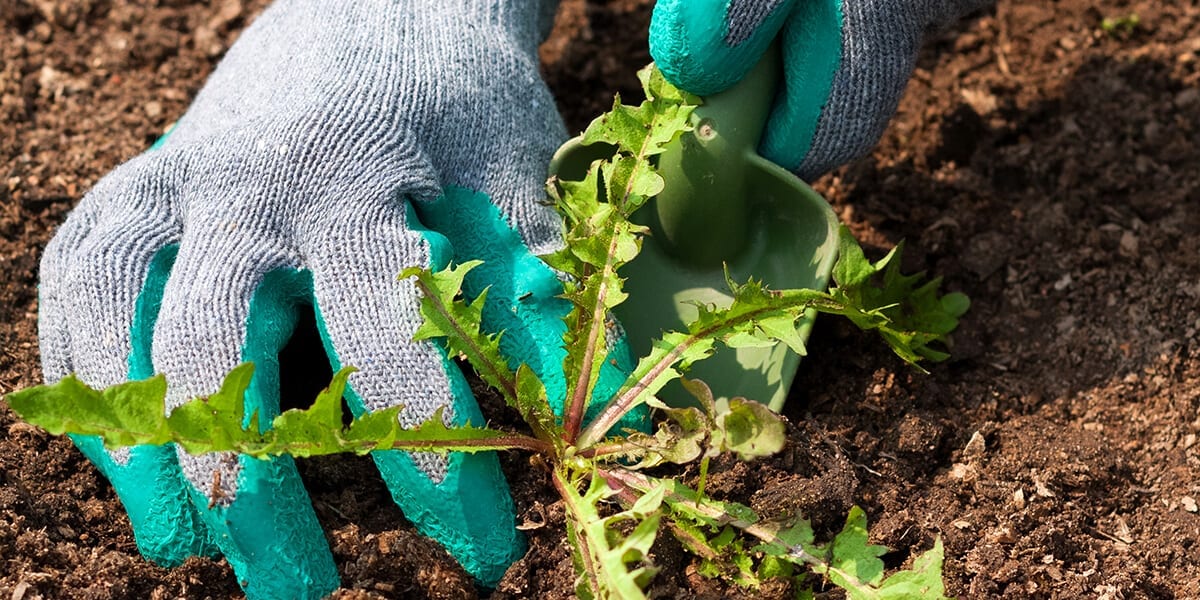
Observe and Weed, If You Need To
Observe your lawn to see what’s growing there. A diversity of plants other than straight grass may actually improve your soil. For example, clover fixes nitrogen from the air into the soil and makes it available for grass. In other words, it’s a natural fertilizer. Plus, clover displays beautiful flowers from June to September. If you’re mowing regularly, you’ll cut the clover before it flowers, and it will blend in with the grass around it. You may choose to remove bigger weeds like dandelion to save you effort in the spring.
A Bedtime Snack
Before the grass retreats to their roots for the winter, it’s good to give them a final snack. Compost, worm castings, and compost tea make great organic fertilizers. The timing is important, as you don’t want to encourage a new surge of growth in the fall. You shouldn’t leave it too late either, or the grass won’t benefit. Ideally, wait until you see the grass growth noticeably slow down. Then spray your tea, or lay a ¼ inch of compost or worm castings, preferably after you aerate. This feeds the roots over winter and will encourage a good start next season.
Most of the year, our grass maintenance falls into a routine, but the fall is a great time to break the routine and give your lawn some extra care. Chances are it barely needs our help, as grass is so tough and resilient. But like all plants, it thrives with healthy soil, air to the roots, nourishment, and a nice layer of mulch, or what in the grass world, we call thatch. If you need any supplies or further advice on putting your lawn to bed, feel free to stop by our garden centers de Bloomingdale y Carpentersville.
Platt Hill Nursery is Chicago’s premier garden center and nursery.

